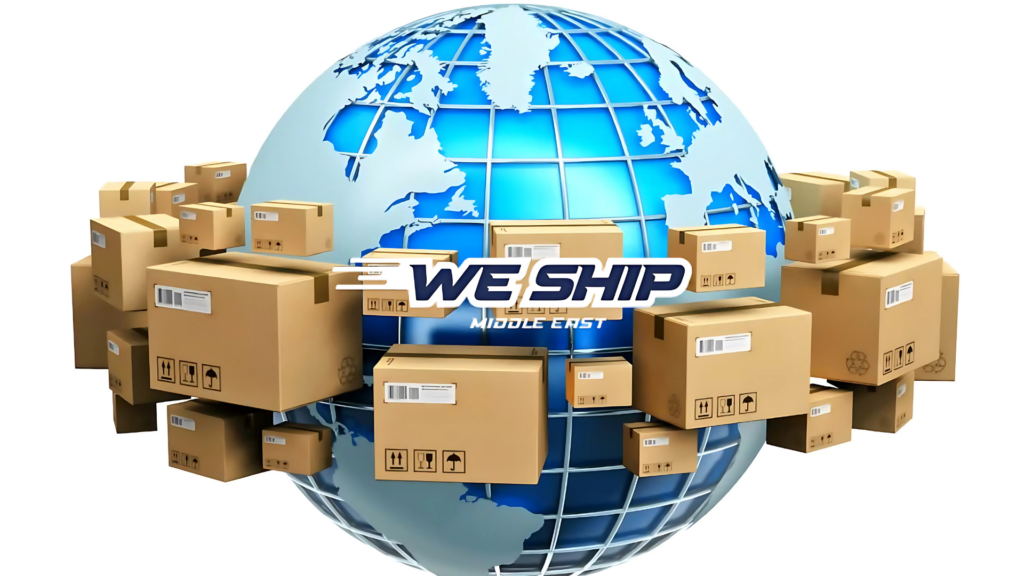Optimizing your ecommerce shipping: a comprehensive guide

Ecommerce success hinges on efficient order fulfillment and warehousing services. Let’s dive into the most common shipping hurdles and how to overcome them.
Understanding The Shipping Journey
The shipping journey is a complex process, from storage and fulfillment operations to final delivery. Packages traverse local depots and sorting centers, and any hiccup can lead to delays or mishaps. As e-commerce demand surges and external factors disrupt supply chains, it’s crucial to proactively address common shipping problems.
Conquering the Most Common Ecommerce Shipping Challenges
1.Unexpected Surcharges
Surprise shipping fees can erode profit margins and frustrate customers. Factors like size, weight, distance, and expedited shipping can significantly impact costs. To mitigate unexpected surcharges:
- Understand carrier fees: Familiarize yourself with carrier-specific fees, including fuel surcharges, dimensional weight charges, and peak season surcharges.
- Optimize packaging: Minimize packaging size and weight to reduce shipping costs.
- Utilize shipping software: Automated shipping software can help calculate accurate shipping rates and identify potential cost-saving opportunities.
2. Carrier Network Congestion
During peak seasons, carrier networks can become overwhelmed, leading to delays and service disruptions. To ensure timely deliveries:
- Diversify carriers: Partner with multiple carriers to spread the load and reduce reliance on a single provider.
- Plan ahead: Anticipate peak shipping periods and adjust inventory levels and shipping strategies accordingly.
- Communicate proactively: Keep customers informed about potential delays and provide regular shipping updates.
3. Shipment Pick-up Hassles
Inefficient pick-up processes can lead to delays and missed shipping deadlines. To streamline the pick-up process:
- Schedule pickups in advance: Coordinate with carriers to schedule regular pick-ups.
- Consolidate shipments: Combine multiple shipments into one to reduce the number of pick-ups required.
- Utilize carrier-provided packaging materials: Using carrier approved packaging can help expedite the shipping process.
4. International Shipping Complications
International shipping involves complex customs regulations and documentation requirements. To navigate international shipping:
- Use a customs broker: A customs broker can help you classify goods, prepare customs documentation, and ensure compliance with import/export regulations.
- Choose a reliable international carrier: Select a carrier with a strong international network and expertise in customs clearance.
- Provide accurate product information: Ensure that product descriptions and HS codes are accurate to avoid customs delays.
5. Delivery Delays
Unforeseen circumstances like weather events, traffic congestion, and carrier errors can cause delivery delays. To minimize delivery delays:
- Track shipments closely: Monitor shipment progress and proactively address any issues.
- Provide real-time tracking information: Keep customers informed about their order status.
- Offer flexible delivery options: Provide options like delivery to a different address or pick-up at a convenient location.
6. Package Returns
Returns can be costly and time-consuming. To reduce returns:
- Provide accurate product descriptions and images: Help customers make informed purchasing decisions.
- Offer easy return policies: Simplify the return process to encourage customer satisfaction.
- Use high-quality packaging: Protect products during shipping to minimize damage and returns.
7. Inadequate Shipping Insurance
Without adequate insurance, you could be liable for lost or damaged shipments. To protect your business:
- Assess your insurance needs: Evaluate the value of your shipments and choose an insurance policy that provides sufficient coverage.
- Work with a reliable insurance provider: Select an insurance provider that offers comprehensive coverage and efficient claims processing.
8. Chosing The Wrong Carrier
Selecting the right carrier is essential for fast and reliable delivery of your products.To choose the right carrier:
- Consider carrier strengths and weaknesses: Evaluate factors like service area, transit times, and pricing.
- Utilize shipping software: Shipping software can help you compare carrier rates and choose the best option for each shipment.
- Build strong relationships with carriers: Develop strong relationships with carriers to negotiate favorable rates and prioritize your shipments.
- Do a thorough research on trusted carriers and shipping companies. One of the best ways to accomplish this is through GoodFirms. GoodFirms makes it easier to identify companies that fulfil your project specifications.
By understanding and addressing these common shipping challenges, you can optimize your ecommerce operations
Consider Outsourcing Your Fulfillment Needs
If you’re overwhelmed by the complexities of e-commerce shipping, consider partnering with a reliable e-commerce logistics solutions provider or ecommerce aggregator. These companies can handle your storage and fulfillment operations, from receiving inventory to packaging and shipping orders, allowing you to focus on growing your business.

